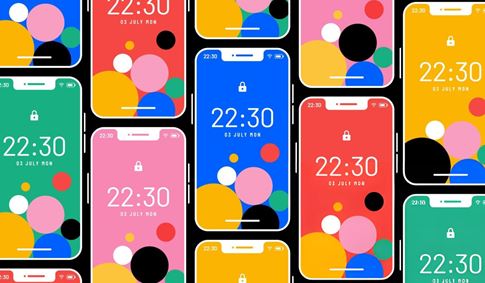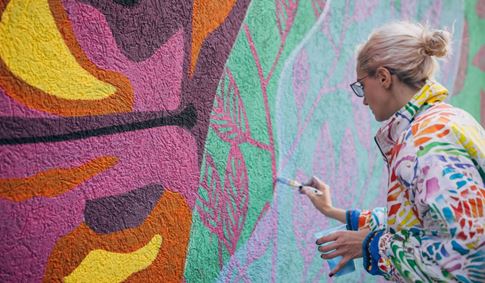Color is a foundational element in design, holding the power to define identity, evoke emotion, and create visually compelling experiences across a multitude of platforms and media. For designers, effectively selecting, generating, organizing, and managing color palettes is not just a creative task but a crucial component of a streamlined and efficient workflow. Colorss positions itself as a color tool that offers a range of features for color selection and management, providing dedicated tools to generate and organize color palettes, ensuring consistency and harmony across designs, and thereby making it a useful resource for designers.
The process of working with color in design projects involves multiple stages, from the initial inspiration and selection of a core palette to the ongoing need to generate variations, ensure consistent application across different design assets, and maintain a library of approved color schemes. Designers often grapple with the challenge of keeping track of numerous color values, ensuring visual harmony when combining colors, and maintaining uniformity, especially when collaborating or working on long-term projects. A comprehensive tool that supports this entire color workflow can significantly enhance productivity and the quality of the final design output.
Colorss is built to address these multifaceted needs, presenting itself as a color tool that offers a range of features for color selection and management. This description highlights the tool's broad scope, indicating that it provides a suite of capabilities covering various aspects of working with color in design. The emphasis on both "selection and management" underscores its utility throughout the entire color lifecycle of a project, from the initial creative choices to the ongoing organization and maintenance of color assets.
The platform provides essential tools to generate and organize color palettes. The generation tools likely offer various methods for creating new color schemes, catering to different creative approaches. This could include generating palettes based on color theory principles, extracting colors from images, or potentially using advanced algorithms to suggest unique combinations. Complementing the generation capabilities are robust features for organizing palettes. Designers can categorize, tag, name, and store their palettes within Colorss, creating a centralized and easily accessible library of color assets. This organization is crucial for efficiently managing multiple palettes across different projects and ensuring that designers can quickly find the right colors when needed.
Beyond generation and organization, Colorss plays a key role in ensuring consistency and harmony across designs. Maintaining consistency in color application is vital for building a recognizable brand identity and creating a cohesive visual experience. Colorss likely provides features that facilitate the uniform use of specific color values across different design elements and outputs. Furthermore, the tool focuses on ensuring "harmony," suggesting that it offers guidance or tools to help designers create color combinations that are aesthetically pleasing and work well together. This might involve visual representations of color relationships or suggestions for harmonious pairings based on color theory.
By offering this comprehensive set of features, Colorss becomes a useful resource for designers. It streamlines the color workflow by providing a centralized platform for generating, organizing, and managing color palettes. This efficiency allows designers to spend less time on administrative tasks and more time on the creative application of color, leading to more productive work sessions and potentially higher quality design outcomes. The tool's support for consistency and harmony also contributes to more polished and professional final designs.
The target audience for Colorss is broad, encompassing graphic designers, web designers, UI/UX designers, illustrators, branding specialists, photographers, artists, and any creative professional who regularly works with color in their projects. For these users, Colorss offers the significant benefit of a single tool to handle various color-related tasks, improving efficiency, supporting creative exploration, and helping to ensure visual consistency and harmony across all their design work.
In conclusion, Colorss stands as a comprehensive and valuable color tool that empowers designers in their color selection and management processes. By offering a range of features to generate and organize color palettes and ensuring consistency and harmony across designs, the tool serves as a vital resource for designers. Colorss provides a centralized and robust platform that streamlines the color workflow, contributing to more visually cohesive, harmonious, and professionally executed design outcomes across diverse projects.



